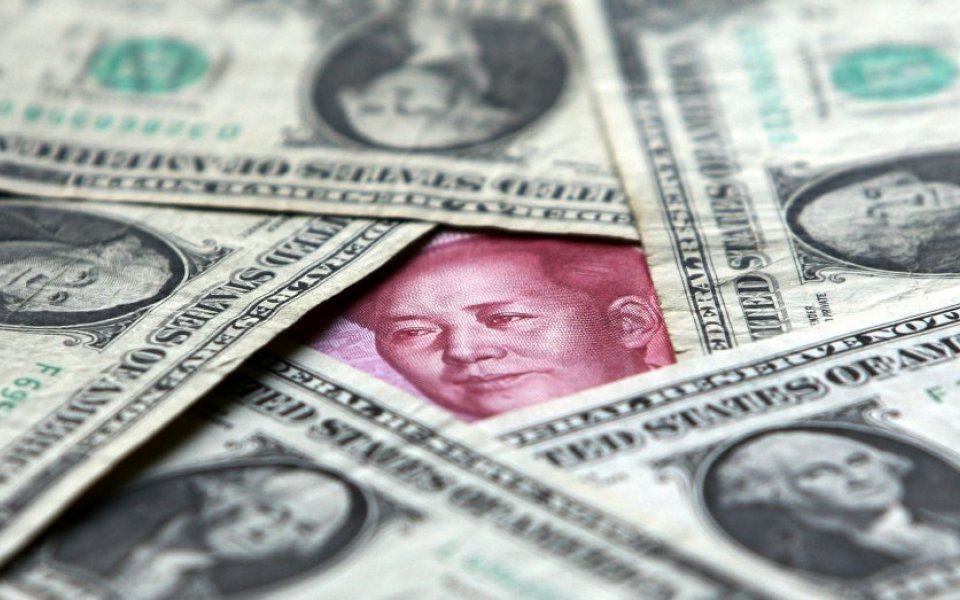The yuan and dollar currency cross must devalue significantly

At least two large and previously successful hedge funds have recently closed, citing as reasons the breakdown of their crystal balls and interestingly blamed on the growth of algorithmic trading. We argue differently.
What is making investing hard is that global flows are increasingly dominated by the two major economies: the US and China.
The US accounts for 25.1 per cent of the US$110 trillion (£75 trillion) pool of Global Liquidity by US dollar value and roughly 40 per cent of overall Developed Market Liquidity, which itself makes up 64 per cent of the global total.
Within emerging markets, China comprises a whopping 67 per cent of total EM liquidity and India only 3.6 per cent.
Put another way, Chimerica – the addition of China and the US – comprise almost exactly half of global liquidity in absolute terms and, in practice, far more because several other economies fix to or shadow these two currencies.
Although many investors treat the global economy as highly integrated, it is more correctly regionalised. China and the emerging world are increasingly self-contained, since around three-quarters of their output is sold internally and only 10 per cent goes to the west.
What should really matter to investors are liquidity conditions in each ‘big’ economy. In recent years the most important source of US liquidity has not been the Fed, but the US private sector, including both shadow bank lending and corporate cash flow.
The pre-2008 US financial boom was fuelled by shadow banks and the post-2011 boom has been primarily driven by bumper corporate cash flows. Chinese liquidity, in turn, depends greatly on the PBoC (People’s Bank), but it has lately been tightening because of large capital outflows from China, which have largely headed into the US dollar.
Think in terms of two currency blocs, the US dollar and the Chinese yuan. The surge in the US dollar has encouraged other major currencies to float down against it. The yen, euro, sterling, Canadian and Australian dollars have all fallen heavily.
Similarly, the trade-related currencies in the notional ‘yuan bloc’ – Thai bhat, Indonesian rupiah, Brazilian real – have also collapsed.
We conclude that the yuan/US dollar – arguably the most important currency-cross worldwide – now also needs to devalue significantly to acknowledge (and help stem) the exodus of capital from China.
In short, the yuan is likely to test CNY7.5/ US$ (i.e. a 20 per cent fall from early 2015).
And, if 2016 ultimately marks a new peak in the general value of the US dollar, expect the yuan to subsequently float down alongside the weakening US unit, say, against a reviving euro and yen.
The currency war should continue apace through 2016.